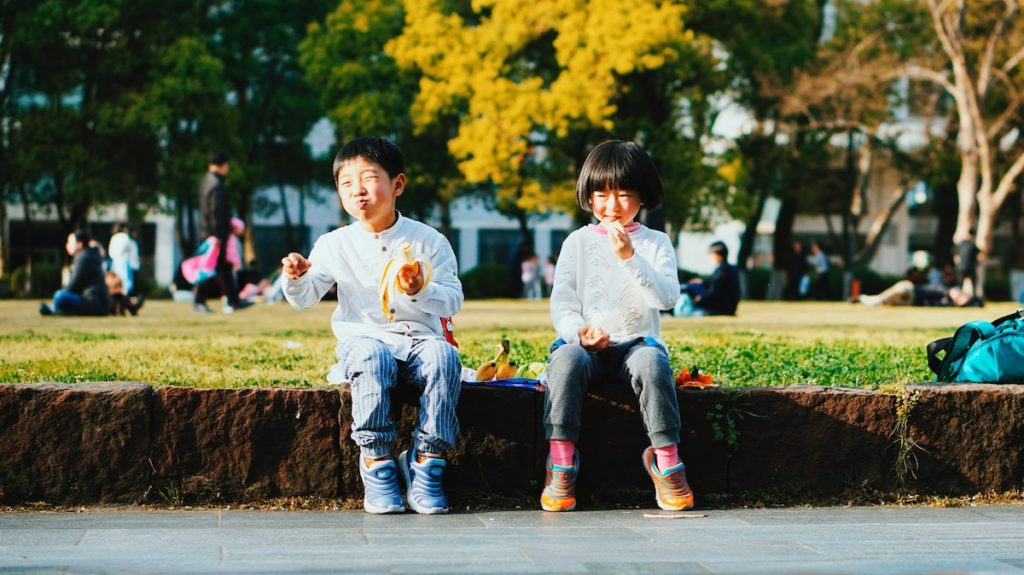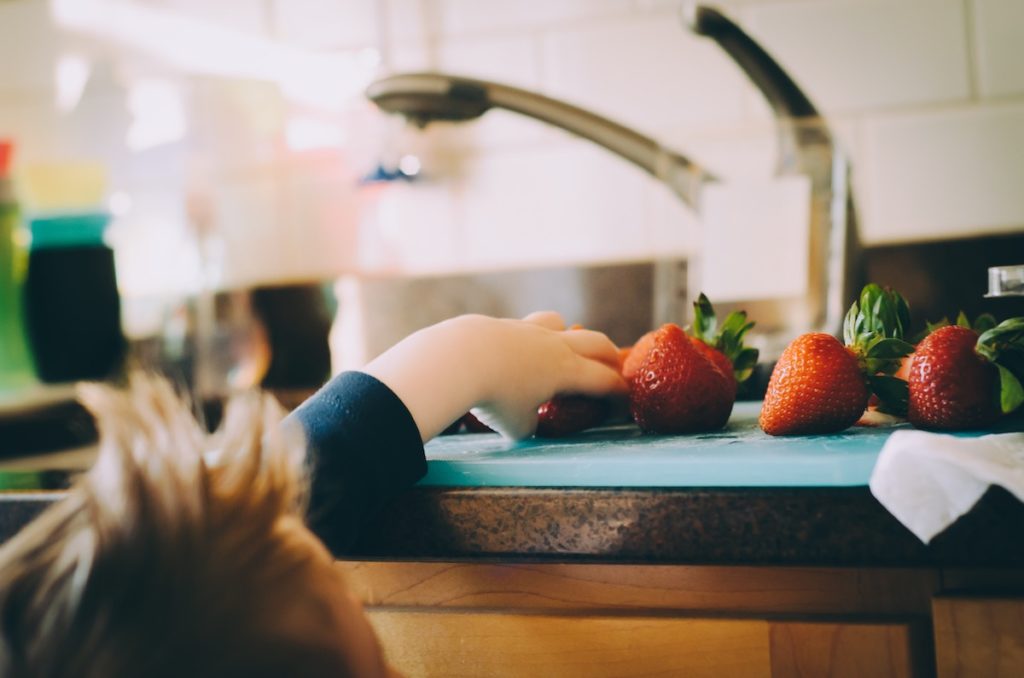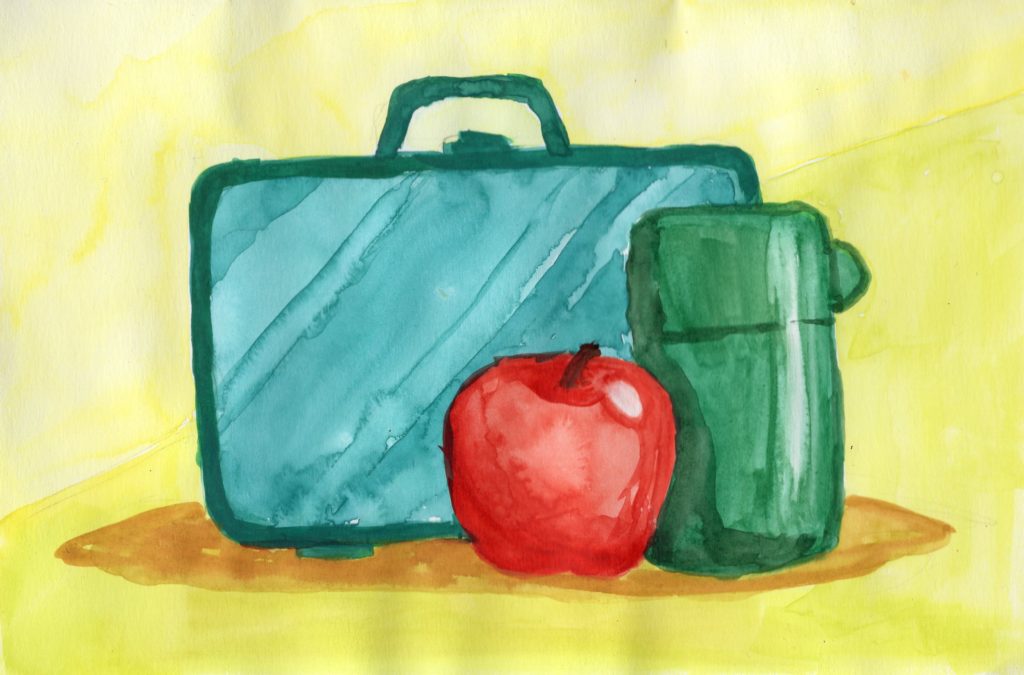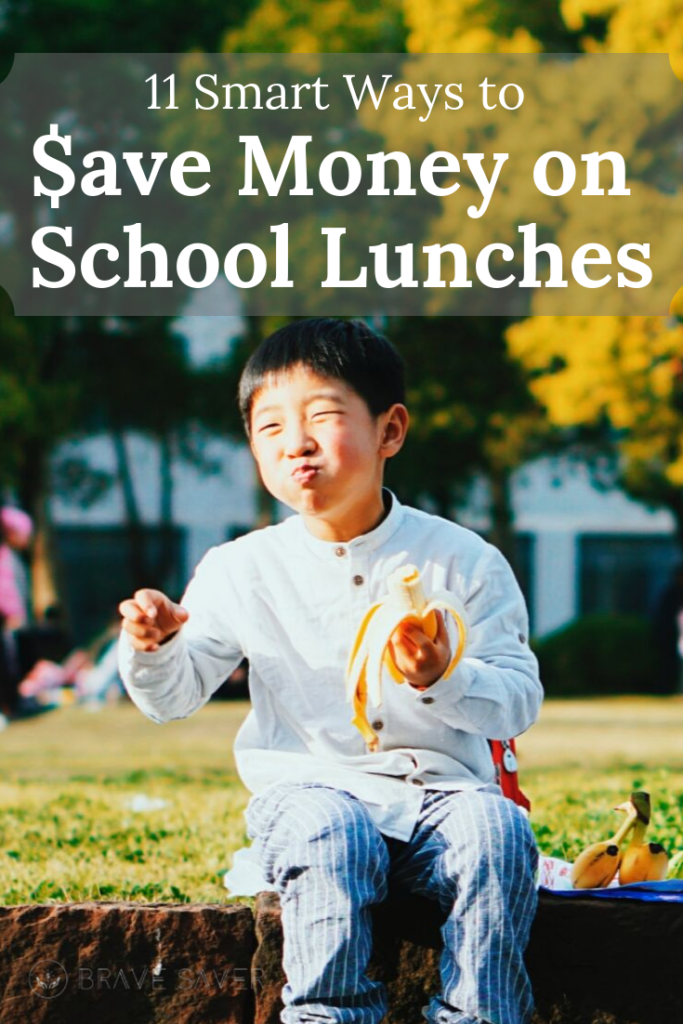
I, like many parents, am relieved that school is back in session. But I’m not excited for every part of the back-to-school routine, however. One persistent pain in my budget is figuring out how to save money on school lunches.
When I first started packing lunches, I wasn’t prepared to deal with this rather large new task. I expected it to be no big deal — I packed my lunches as a kid, after all. I got this!
But I quickly realized my past experiences of packing myself a tuna sandwich from groceries my parents provided was not relevant here. Planning cheap school lunches was a bigger challenge than expected.
What's in this post
11 ways to save money on school lunches
If you’re similarly overwhelmed by packing school lunches, I’ve been there. But, I took on the task of balancing convenience with cost when putting together my kids’ midday meals.
In the process, I learned a lot of tricks to pack healthy, easy, and cheap school lunches in the 4 years I’ve been planning and packing them.
1. Keep it balanced and simple
While some parents love going all-out creating fancy lunches with fun faces, just as many won’t have the time or (me) can’t be bothered. Not to mention, purchasing too wide a range of items for lunches can make things overly costly and complex — and result in food waste.
Getting a variety of foods is an important part of a balanced diet, but the standard to shoot for should be simple. A balanced lunch might follow these guidelines:
- 1-2 servings of fruits and veggies
- 1-2 servings of carbs like bread, crackers, pasta, muffins, fruit, tortillas, or pitas
- 1 serving of protein from lunch meats, chicken, turkey, tuna, cheese, peanut butter, beans or lentils, tofu or edamame
- Healthy fats such as peanut butter, cheese, whole-fat dairy products, avocado, or seeds and nut
Keep in mind, of course, that I’m not a dietician — these are just guidelines that have helped me simplify school lunches, not nutritional advice.
Stumped on what to pack for lunch? No worries — I’ve already done that thinking for you. Check out my 2-week school lunch menu to print out 10 cheap lunch ideas (and a matching grocery list).
2. Involve your kids

Simple lunch-packing keeps you from being overwhelmed by lunch prep, but it has an added bonus. When lunches are easy to prepare, you can invite kids to help pull them together the night before or in the morning before school.
My 6-year-old helps me by chopping vegetables with a kid-safe chopper, washing fruit, or spreading peanut butter and jelly on sandwiches. And even my 3-year-old can help by getting out lunch containers or cutlery, or moving crackers from the box into a lunch.
3. Choose multipurpose foods
School lunches are a huge source of food and money waste. So limiting waste is a big part of my system for packing lunches.
Many of the foods I put in school lunches look a lot like what we eat at home. I’ll pack something similar to what my kids have for breakfast, like fruit, eggs, yogurt, and even pancakes or toast. Many of the ingredients that appear in school lunches are also included in other snacks or dinners.
Bonus: this makes it easy-peasy to build a lunch around any leftovers from breakfast or dinner.
4. Pack foods your kids enjoy
Packing foods that we eat at home and my kids are familiar with also ups the chances that my kids will eat it at school. I make an effort to plan lunches around foods I know each kid likes and will enjoy. If needed, I’ll pack slightly different lunches for each to match their tastes.
5. Make lunches appealing
Along with taste, presentation also matters. Both my kids are finicky about eating yogurt at lunch if it’s in a cup container that requires a spoon. If I pack yogurt in a reusable squeeze pouch instead, they almost always finish it.
A lot of younger kids also prefer “deconstructed” lunches: all the food components are offered individually rather than together in, say, a sandwich or a wrap. My 6-year-old is this way — so I’ll pack accordingly, and maybe put plain tortilla and cheese stick in her lunche when her brother gets a quesadilla.
6. Train your kids not to throw food away
This might seem silly, but getting my kids used to bring leftovers home instead of throwing them away is very helpful. They simply close their lunch box and bring home whatever they didn’t eat. I can then track what they’re eating or not, and adjust how we pack lunches to prevent waste.
I’ve also gotten in the habit of pulling out shelf-stable foods like crackers, carrots, or granola bars left untouched and offering them as after-school snacks. (I make sure I do this, as my kids aren’t quite old enough to know which foods are safe to eat after sitting in a lunch box all day — and which aren’t.) This uses up more food while freeing up my time to get on with prepping dinner.
7. Pack appropriate portions
Understand your child’s nutritional needs and how much they should be eating based on that, and pack portions in line with that. Younger kids, in particular, need a lot less food than older kids and adults.
I definitely overpacked my kids’ lunches for the first few months and noticed a lot of food coming home. Once I looked up appropriate food portions for kids, I set a better baseline for how much I should be packing and expecting them to eat less day — as proven by the emptier lunch boxes that came home.
8. Portion out foods yourself
Many, many lunch foods come prepackaged for the convenience of parents in a rush. This ranges from milk to juice boxes, yogurt, apple sauce squeezers cheese sticks, beef jerky, cracker packs, chip bags, and more.
And while it can save time to be able to grab 3-4 bags, throw it in a lunch pail, and be done — individually packaged foods cost much more than their bulk-packaged counterparts.
You’ll almost always save money on school lunches if you skip prepackaged items and portion out foods at home.
9. Use reusable lunch containers

A secret to portioning out your own lunch items is having the right containers to do so. Here are reusable lunch containers and utensils that I use, and what I pack in them:
- Thermos or water bottle: milk, juice, soups, smoothies or other drinks
- Reusable squish packs: Apple sauce, yogurt, smoothies
- Tupperware or similar containers: Crackers, yogurt, apple sauce, chips, cheese cubes or sticks, lunch meat, jerky, etc.
Investing in reusable lunch containers saves money by making it easier to DIY cheese sticks or snack packs. It also cuts out the costs of Ziploc bags that just wind up in the trash.
Picking the right containers can also make it easier to pack a wider variety of foods for your kid. And many are more user-friendly for younger kids than a collection of baggies.
10. Always price compare
Skipping prepackaged foods isn’t the only way to save. Compare items by ounce to get the best bang for your buck.
The generic or store brand granola bars are likely cheaper than name brands, for example. Frozen fruits and veggies might cost less than buying fresh — and save you time with washing a cutting. Purchasing and roasting your own chicken breast for sandwiches or wraps is likely to be cheaper (and healthier) than cold cuts or canned chicken.
Of course, keep in mind what your kids care about. Mine never notice if I pack generic brand apple sauce, but they’ve definitely gotten fussy when I’ve bought a different kind of bread that was on sale (“I don’t like it, it has seeds in it!”).
11. Consider school cafeteria fare, too
Last
The average meal served by an elementary school cafeteria costs just $2.48.
Busy parents who rely on prepackaged foods to make school lunches quick and convenient can easily spend more than that. Or they might simply not have the time or mental energy to keep up with planning and packing school lunches. In this case, school-provided meals might be a good compromise to free up time or save money on school lunches.
School-provided lunches are also a great option for families who qualify for free or reduced-cost lunches, or whose schools have lunch programs that are low cost. Check with your child’s school to see if your family could qualify for these programs.
Bonus: Arrange a school lunch pool
This last strategy to save money on school lunches is a little unusual, and one that I’ve actually done myself.
A couple of years ago, my daughter was in a preschool that offered hot lunches during the regular school year but not over the summer. That left us parents having to figure out how to add packing lunches to our already-busy schedules.
Well, a fellow mom had the genius idea to create a lunch swap of sorts. It was similar to a
Here’s how it worked: our “lunch pool” included five families with five kids. Each family proposed a different lunch meal plan and provided feedback on
Then each day, a new parent would take home all five lunch boxes, clean them out, and pack the same lunch for all kids and bring them the next day.
This had a few benefits. First, packing one lunch for five different kids took much less time than packing five different lunches for one kid throughout the week. Second, it saved money — instead of buying various ingredients and foods to create varied meals for the whole week, I only had to buy ingredients for one lunch. It simplified my grocery list and lowered the cost of packing lunches.
I recognize that arranging this takes a lot of upfront work and can be complicated, and it won’t be an option that is available to every parent.
But if the idea appeals to you, it could be worth asking around to see if any parents are interested. This system can easily work with fewer parents or trading lunches on fewer days, too.
Start small and improve lunches as you go
It took me a couple of school years to really develop a school lunch system that worked for my family and our budget. And I often choose to do some of these but not
Overall, I’ve gotten so much better at packing lunches. This
So my biggest tip is: don’t overdo it and get overwhelmed! Experiment with your school lunch planning and try out just two or three of these tips at first. Optimize for convenience first, and try to lower costs as you go to save money on school lunches.





2 Comments
10 Cheap School Lunch Ideas That Cost $1 a Day - Brave Saver
September 26, 2019 at 3:04 am[…] ideas costs just under $1 for the whole meal. The prices I’ve included were achieved using my tips to save on school lunches. Check out that post for additional ideas for how to pack your own healthy, filling lunches — […]
The Hidden School Costs Parents Have To Deal With | Sorry About The Mess
November 14, 2019 at 7:39 am[…] or to prepare packed lunches. Packed lunches tend to be the cheaper option – this guide on how to save money on kids’ packed lunches could be worth a […]